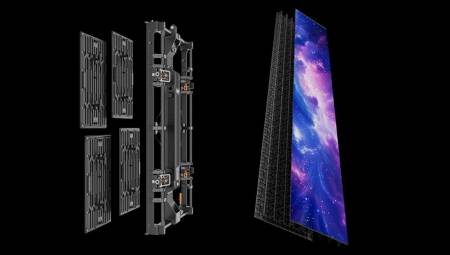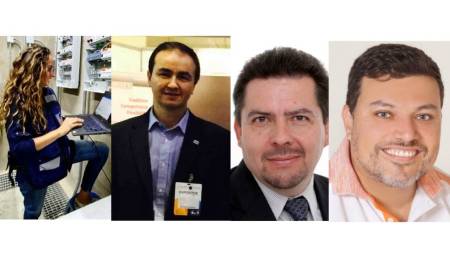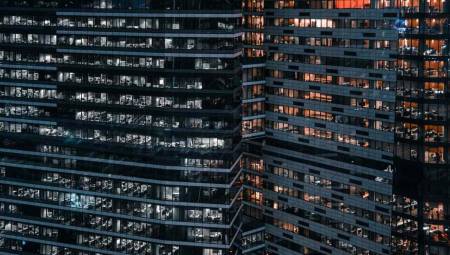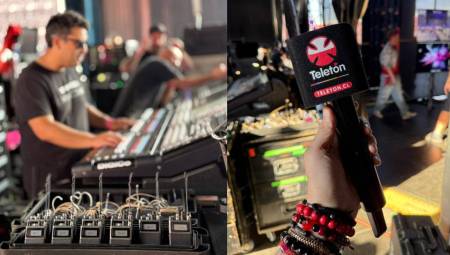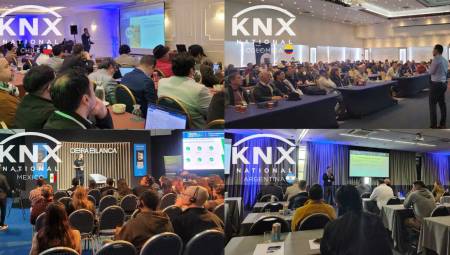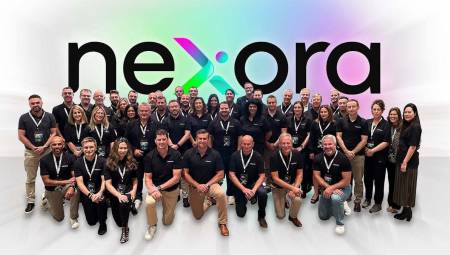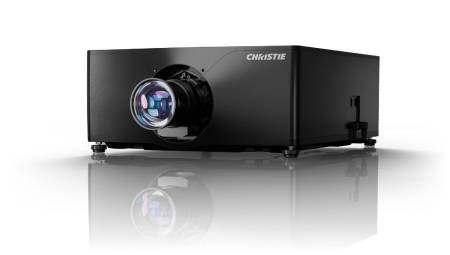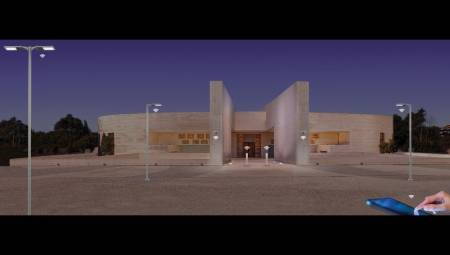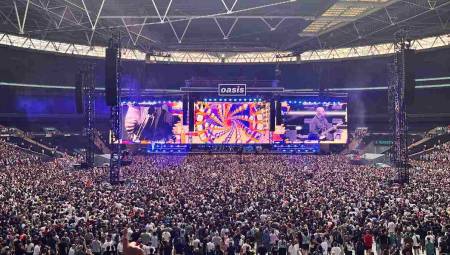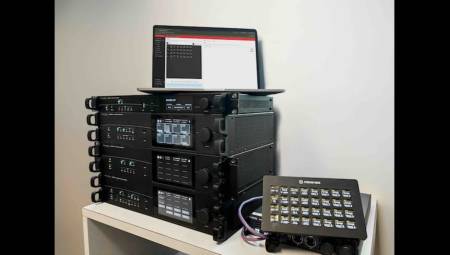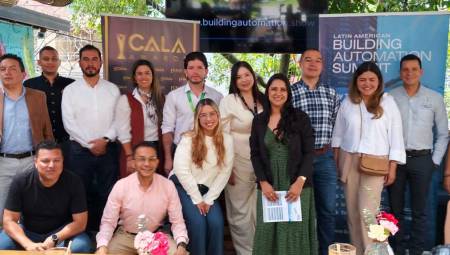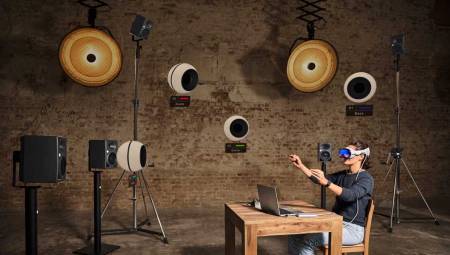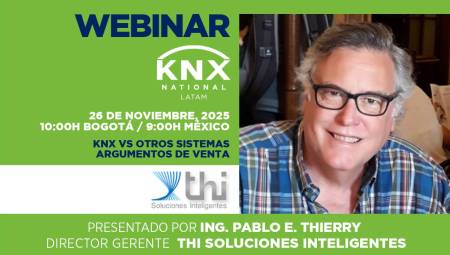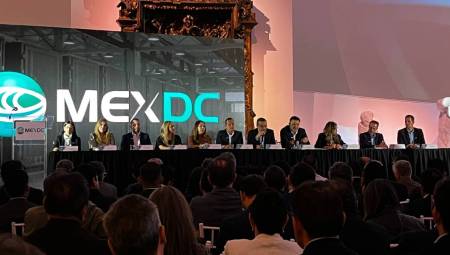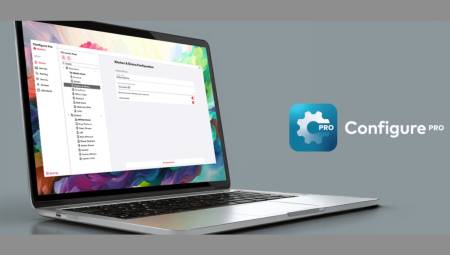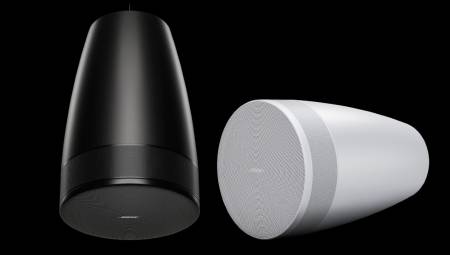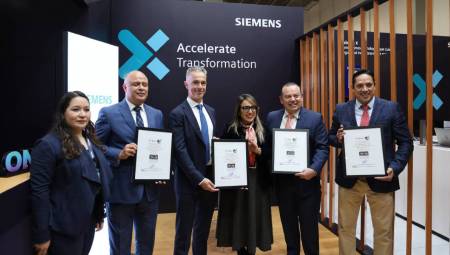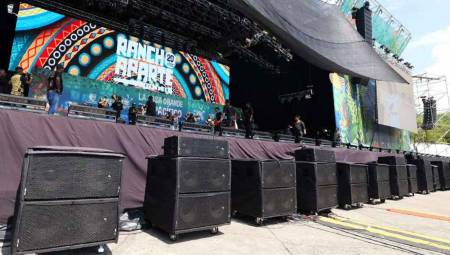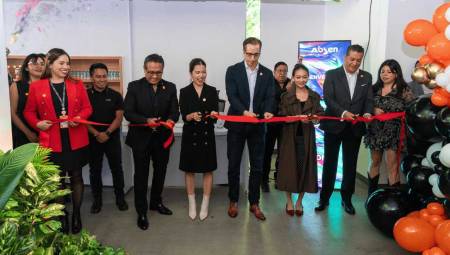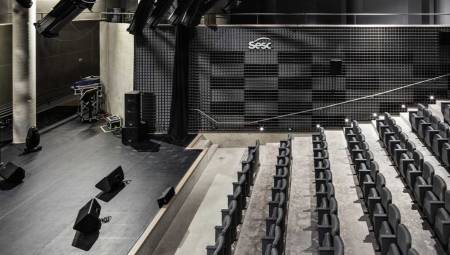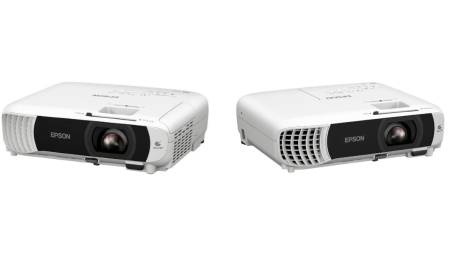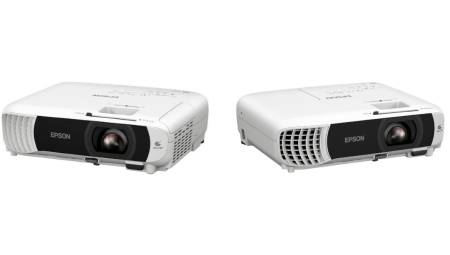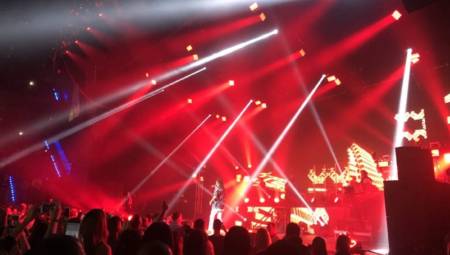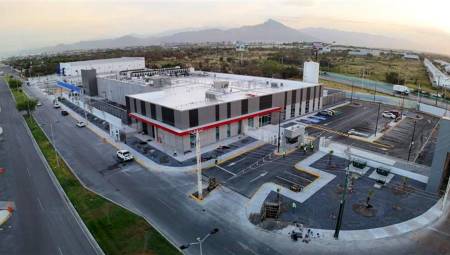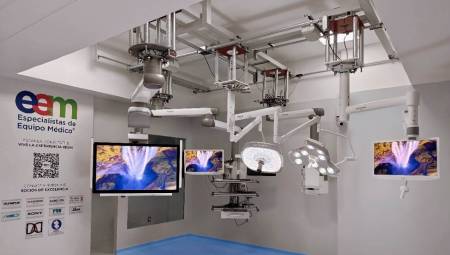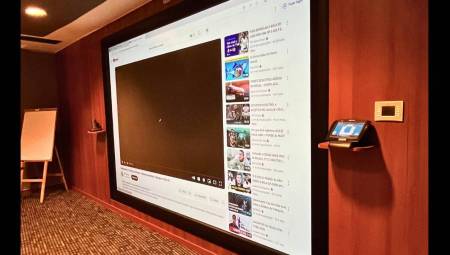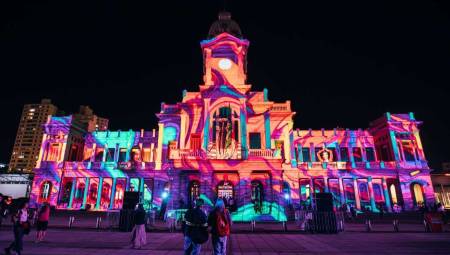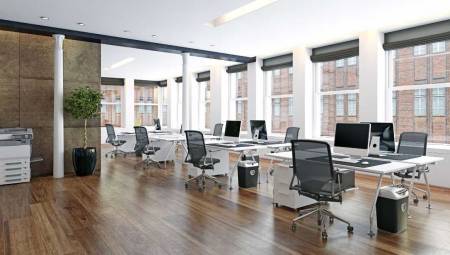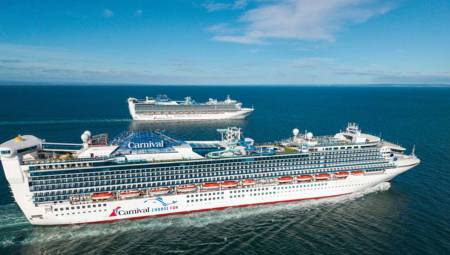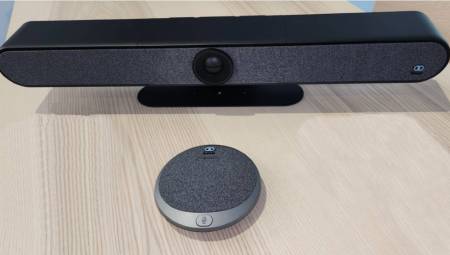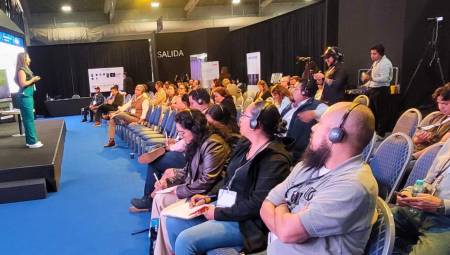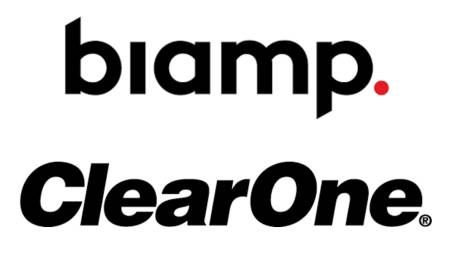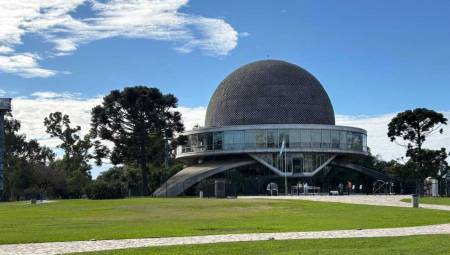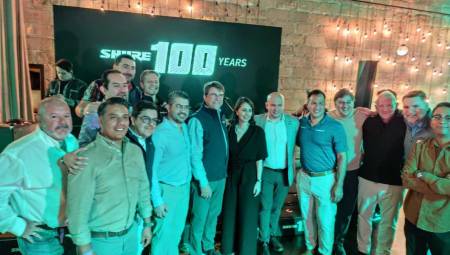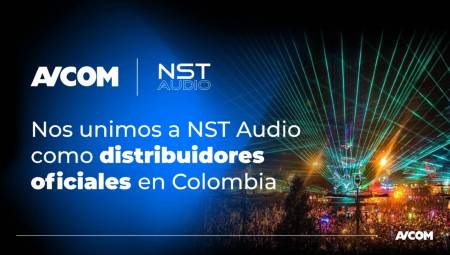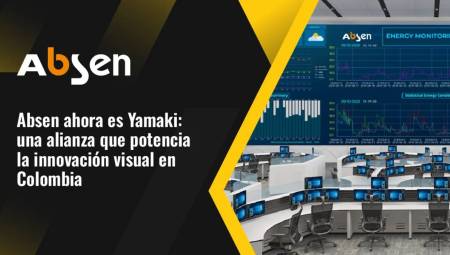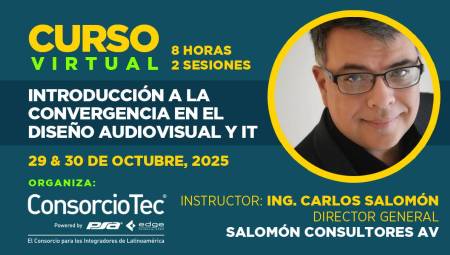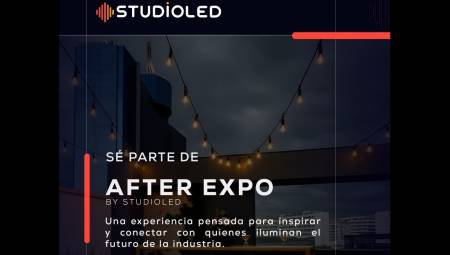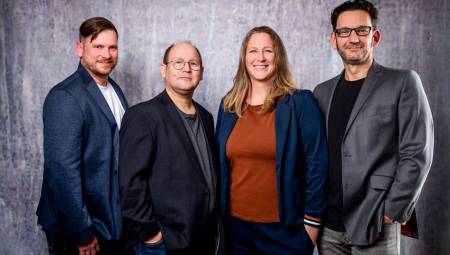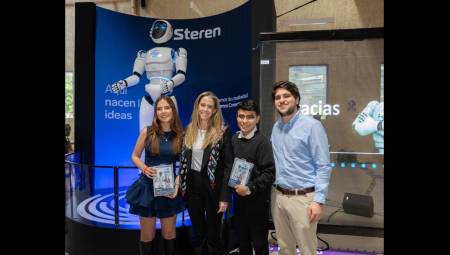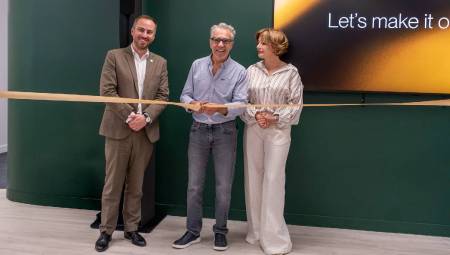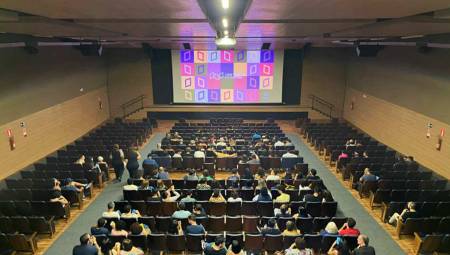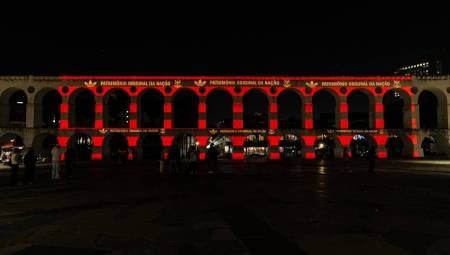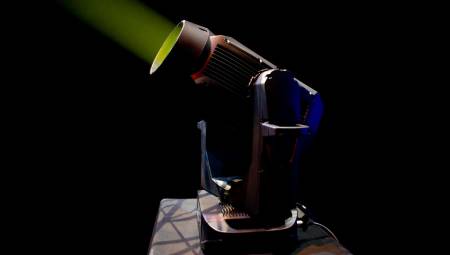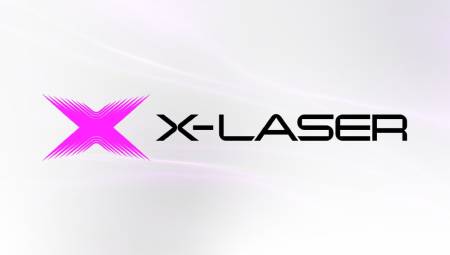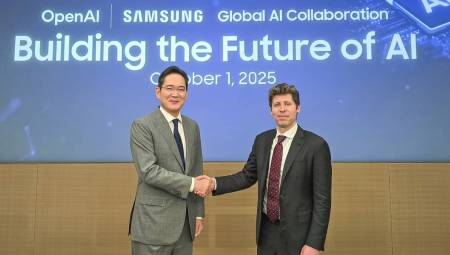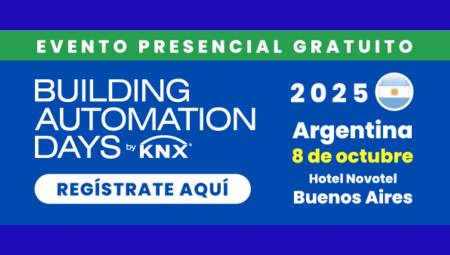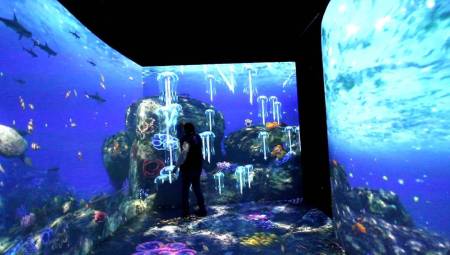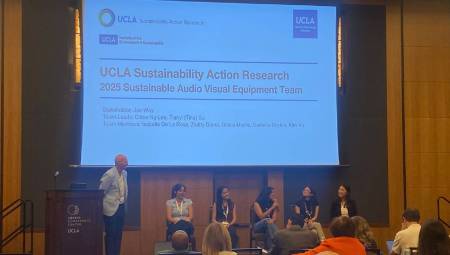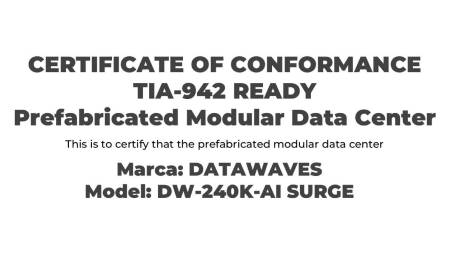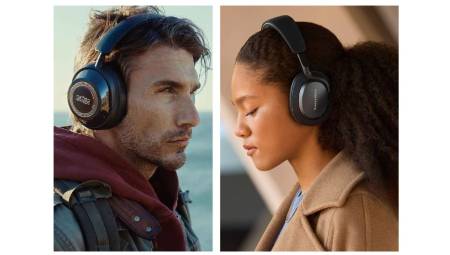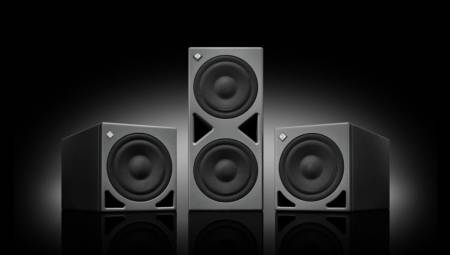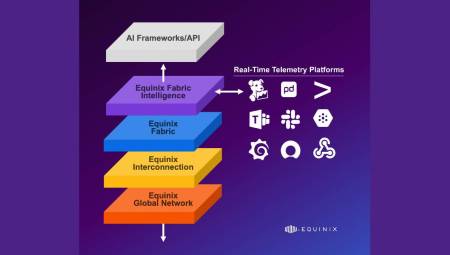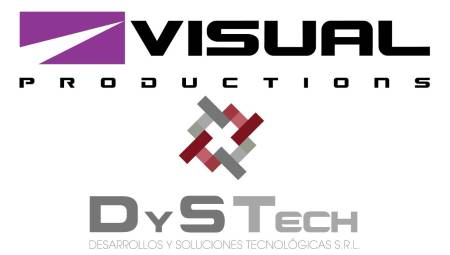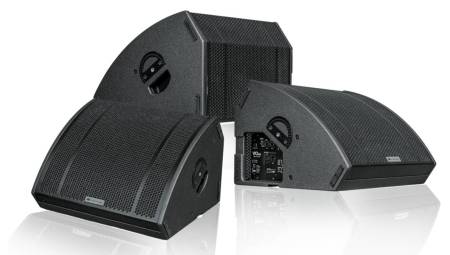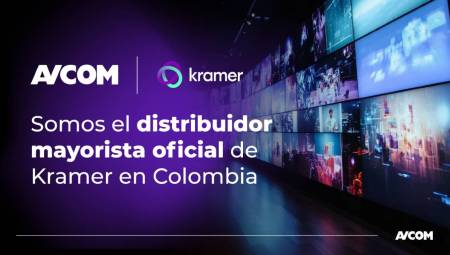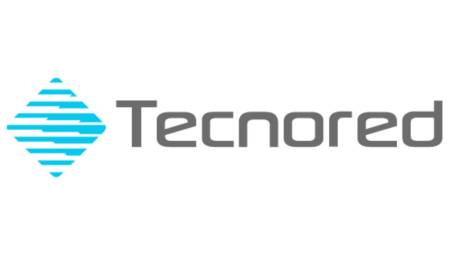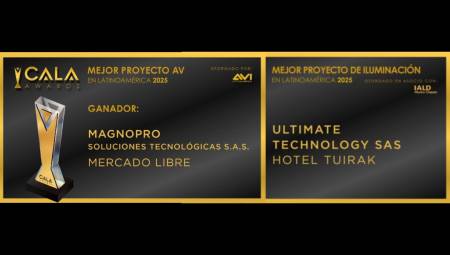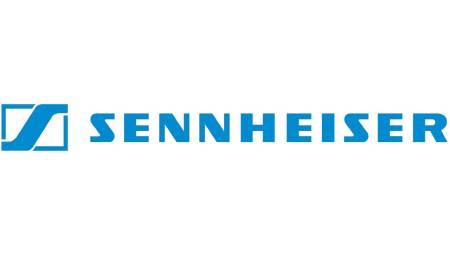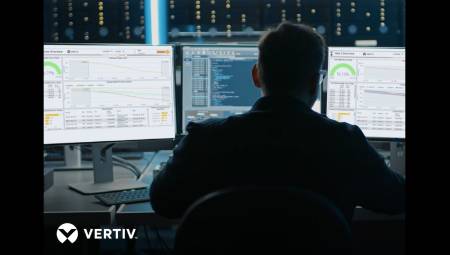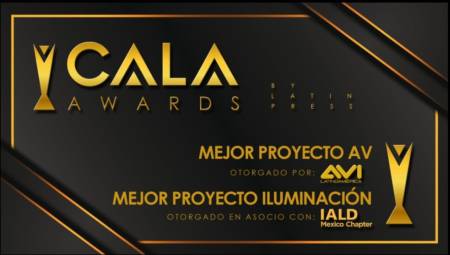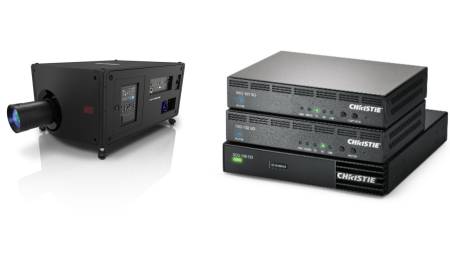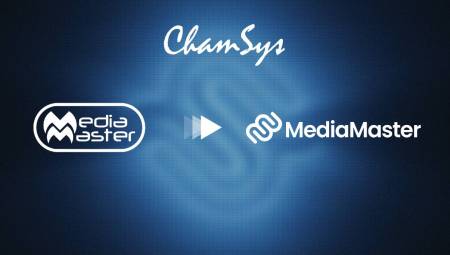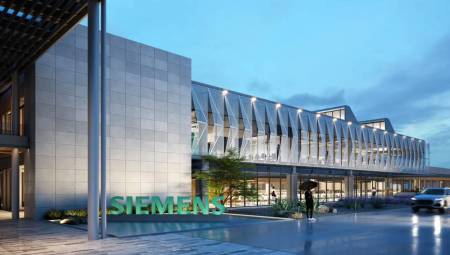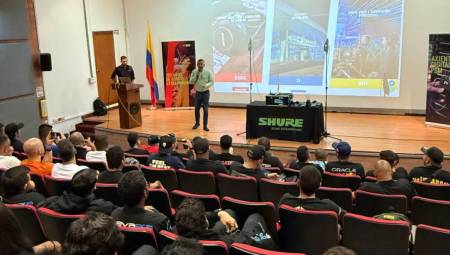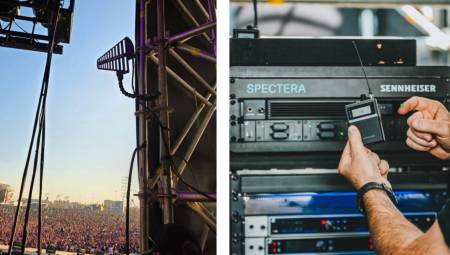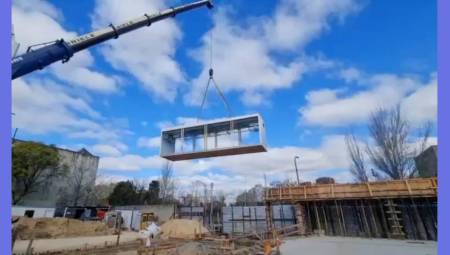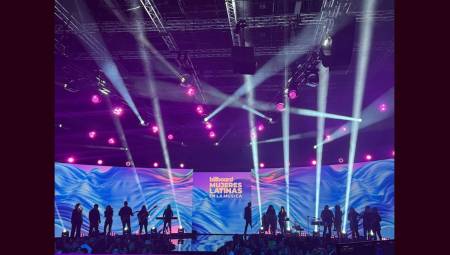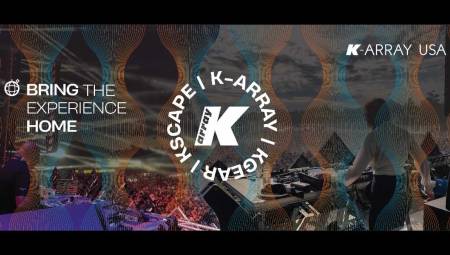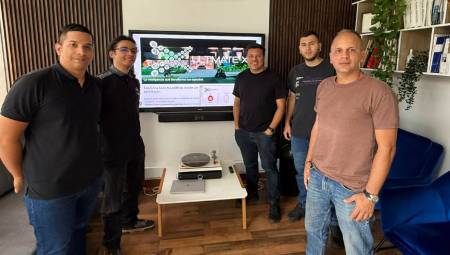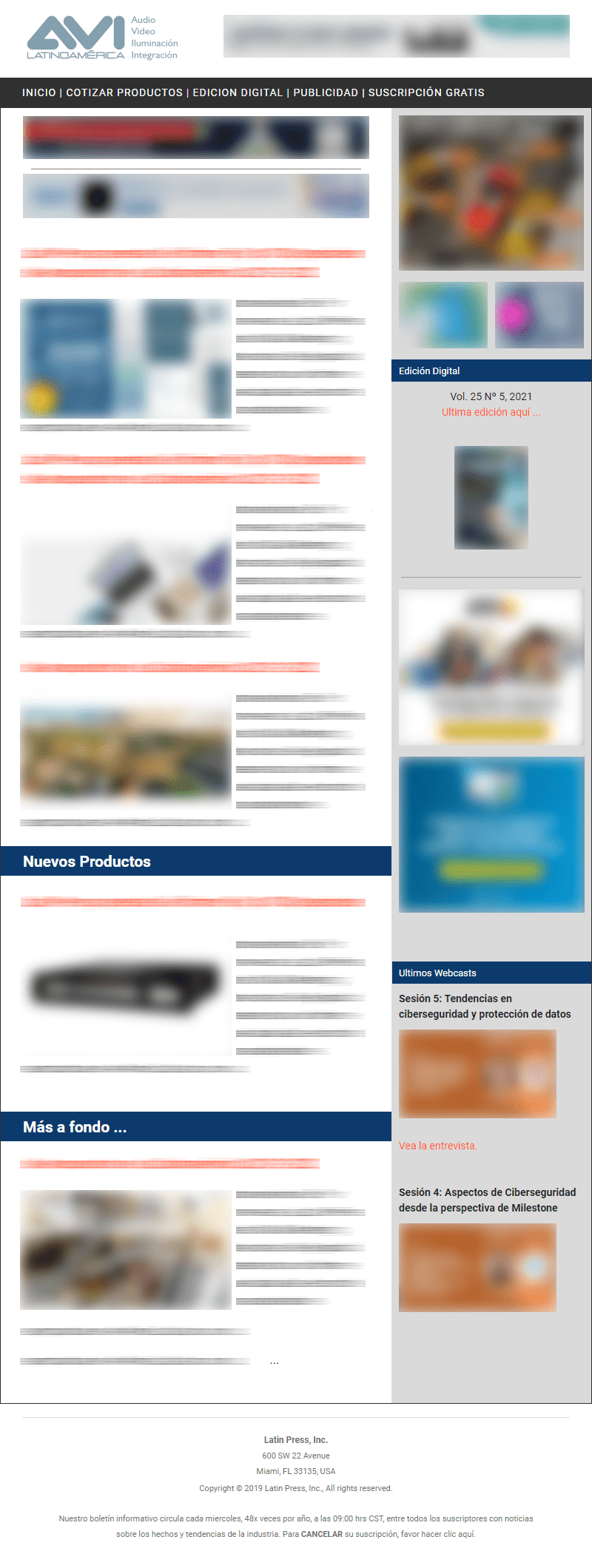 Although on many occasions it is an aspect that has been neglected, the following article will delve into the importance of projection screens in the success of a video presentation.
Although on many occasions it is an aspect that has been neglected, the following article will delve into the importance of projection screens in the success of a video presentation. By: Edgardo Cuerno*
Within the audiovisual industry, the role of the video projection screen has not been of great importance, this being a primary element in the interaction between the viewer, the audiovisual equipment and the message to be transmitted.
An audiovisual projection screen is more than a flat surface where images are projected, it is an element that brings together many interactive factors, which has as its ultimate objective to create the impact of interaction between the viewer and the audio and video system, in order to carry the desired message. In any type of project in which a screen of this type is installed, it is necessary to consider the aspects of environment and structural conditions of the room:
- Lighting of the environment where the screen will be installed (controlled or uncontrolled light system).
- Brightness of the multimedia projector, resolution and contrast of the same.
- Projection distance and the location of the audience in reference to the screen.
At this point it is important to remember that each type of projection screen surface has its own characteristics and applications, which are conditioned to the aforementioned factors. Taking into account the above I will make a summary of the main features of the screens.
Types of screens: video projection screens can be motorized, fixed, manual (by their winding system) and portable.
Types of surface: the surface of a screen is an essential factor when making a projection, this is a passive element that does not generate light energy and only reflects the light to which it is exposed; the numerical factor of light reflection is called gain.
The surfaces can be vinyl with different thicknesses, paper, mixture composed of optical and defective diffusers, acrylic, solid or acoustic transparency. Surface names may vary according to manufacturer. Matte White is the industry standard surface. It is a white vinyl used only for front projection.
The colors of the surfaces can be white, silver, gray, blue, green and even black. The white ones are the most popular, as are the silver ones. Gray surfaces were widely used because they were said to enhance contrast in colors. The reality is that gray screens enhance dark colors, but white colors are no longer white. With new technologies the contrast in the projection can be corrected by means of the projector directly without affecting the quality of the image. The silver surface "SilverStar de Vutec" has unique characteristics, enhancing the quality of the details and defining the range of real colors in the projected image.
Screen gain
We define gain as the amount of light that is reflected on (or in the case of rear projection, the light that passes through) the surface of the screen.
In practice, how does gain affect the image being projected? This aspect increases or decreases the brightness of the projected image.
Visual cone
The visual cone, also known as the visual angle, is a fan-shaped area in front of the projection screen where the optimal brightness and color of the image is seen. It is usually expressed in a numerical value between 0 and 180 degrees. Outside this visual cone the brightness and color of the surface begins to decline.
The visual cone is very important in the design and location of the audience. It is advisable to place the audience in an ideal position (perpendicular to the screen or as close to the perpendicular) to obtain the maximum reception of the image.
Depending on the gain factor, the image maintains or decreases the brightness in the visual cone. Matte White fabric has a gain of 1.0. this being the base factor for the range of available earnings. If the surface has less than 1.0 gain, the brightness of the image is maintained throughout the visual cone. If the surface has more than 1.0 gain, the brightness of the image decreases percentage in the visual cone. The gain of the screen surface is inversely proportional to the visual cone. So the higher the gain, the lower the visual cone.
In the case of home theaters, the ideal screen is one that has a high gain of 6.0 and whose viewing angle is relatively small in proportion to the gain.
Image size and quality
The size of the image is a very important factor that must be considered in any installation. It is delimited by the distance in which the audience is located and the structural conditions of the room; as a general rule to be able to choose the size of the screen, we can define the width of the screen equal to the average distance in which the audience is located divided by 2 or use the factor 1.50 for greater impact.
Ex: A=D/2
A= screen width D= average distance of the audience from the screen.
Other aspects that are important in this regard are the following:
- The shooting distance of the projector (limits the screen size).
- The brightness of the projector (brightness on the screen according to its own characteristics).
- Audience location (focal objectivity and brilliance) are factors to consider in order to find a balance in the right screen size.
- Installation of the screen according to the special characteristics of the room.
Flash of light on the surface (Hot Spotting)
It is the phenomenon of brightness focusing that occurs on a surface, that is, when the central part of the projection area reflects with great intensity and appears brighter than the surroundings. This light phenomenon occurs on high-gain projection screens, with the exception of some references available on the market.
In some cases it is more noticeable, if the shooting distance of the projector is very close to the surface on which it is projected. It is usually evident when the person is sitting at the reflection angle of the video projector.
With the use of electronic imaging and projection such as LCD, DLP, DILA using a single lens, the hot spotting effect is reduced, so any material with excellent results can be used, between gains 1.0 to 6.0.
Conclusion
In conclusion, taking into account the optical and lighting factors, combined with each of the structural variants of the room and the type of screen surface suitable, we can obtain an optimal result in the projection. With the basic information exposed we can say that we have the right argument to be able to choose the video projection screen that fits our concerns and needs.
*Edgardo Cuerno is the director of international sales for Vutec Corporation.





